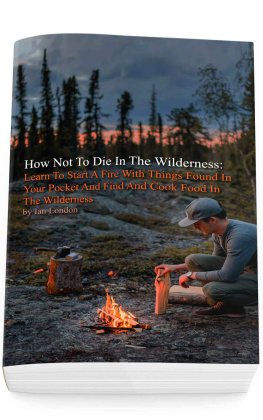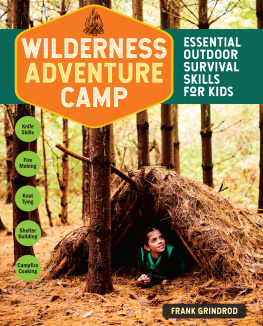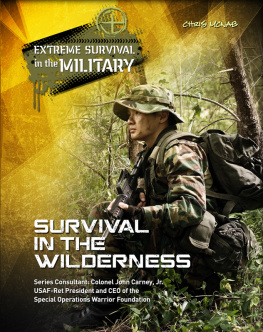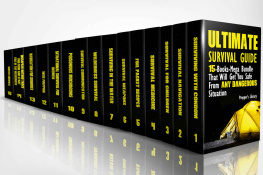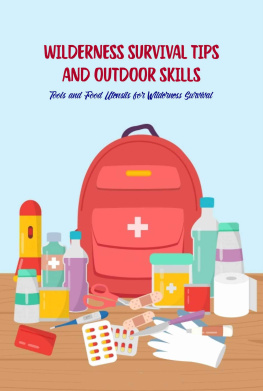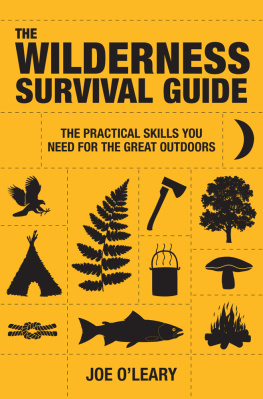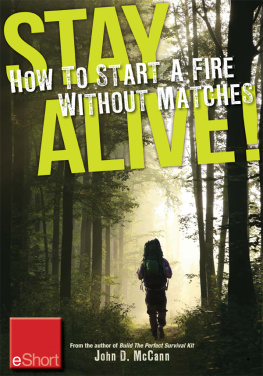How Not To Die In The Wilderness:
Learn To Start A Fire With Things Found In Your Pocket And Find And Cook Food In The Wilderness
Disclamer: All photos used in this book, including the cover photo were made available under a Attribution-ShareAlike 2.0 Generic (CC BY-SA 2.0)
Cover Photo by Ian Keefe on Unsplash
Copyright 2018 by publisher - All rights reserved.
This document is geared towards providing exact and reliable information in regards to the topic and issue covered. The publication is sold with the idea that the publisher is not required to render accounting, officially permitted, or otherwise, qualified services. If advice is necessary, legal or professional, a practiced individual in the profession should be ordered.
- From a Declaration of Principles which was accepted and approved equally by a Committee of the American Bar Association and a Committee of Publishers and Associations.
In no way is it legal to reproduce, duplicate, or transmit any part of this document in either electronic means or in printed format. Recording of this publication is strictly prohibited and any storage of this document is not allowed unless with written permission from the publisher. All rights reserved.
The information provided herein is stated to be truthful and consistent, in that any liability, in terms of inattention or otherwise, by any usage or abuse of any policies, processes, or directions contained within is the solitary and utter responsibility of the recipient reader. Under no circumstances will any legal responsibility or blame be held against the publisher for any reparation, damages, or monetary loss due to the information herein, either directly or indirectly.
Respective authors own all copyrights not held by the publisher.
The information herein is offered for informational purposes solely, and is universal as so. The presentation of the information is without contract or any type of guarantee assurance.
The trademarks that are used are without any consent, and the publication of the trademark is without permission or backing by the trademark owner. All trademarks and brands within this book are for clarifying purposes only and are the owned by the owners themselves, not affiliated with this document.
Table of content
Introduction
Do you know that you can live for just 3 days without water, 3 weeks without food but only 3 hours without shelter?
Of course this does n t apply if yo u re sitting on a Caribbean beach. But, if yo u re trapped in the wilderness and night is closing in that means the temperature is dropping.
Once your body temperature drops below 3 C your systems will start to become impaired. This will affect your ability to make decisions and your systems will start to shut down. The same is true if your body goes above 4 C.
The problem is that this is just a few degrees way from normal body temperature which is between 36. C and 37. C.
Unfortunately cool air, water and even the wind draw heat away from your body. If yo u ve become stranded in the wilderness and have limited layers on your body temperature can drop to critical level in just a few hours. Even before this yo u ll start to notice the affects of your body cooling and this will decrease your chances of survival. Yo u ll find this effect is speeded up when you become damp; which could happen if you find yourself in the water or if it starts to rain. Even the heat can cause condensation which will affect your body temperature when the temperature drops.
This is why the most important thing in a survival situation is shelter and warmth. A shelter will protect you from the wind but warmth is essential if you want to survive and function properly.
Yo u ll probably used to starting a fire by clicking a button or flicking a lighter. But this is probably not going to be an option in the wilderness. While you should be able to collect enough material to get a fire started yo u ll need to learn how to create a spark or a flame without a lighter.
Fortunately there are actually many different ways in which you can achieve this result. After all if Stone Age humans were capable of making fire you must be able to with just the items you have in your pocket or can find in the wilderness with you.
It is worth mentioning that anyone interested in survival will probably have a basic survival kit on them at all times. This is likely to include paracord and a fire starter of some description. Even if you are this prepared you need to understand the techniques in this book. It is possible that something will happen to your survival kit; knowing how to deal with this and survive without any other implements will give you the confidence to go anywhere and survive anything.
Once you have a fire going it is advisable to keep it going; this will save you from having to start it again. However, if you have decided that the best option is to keep moving towards where you think civilization is; yo u ll need to know how to create fire over and over again.
Chapter 1 Making Fire With The Items In Your Pocket And The Vicinity
If you do n t have these items in your pocket then you might need to consider carrying them with you in the future! Even if you do n t, yo u ll find the majority of the materials you need in the wilderness round you. I t s surprising how the rubbish that others discard can both give you hope of finding civilization and can help you to stay alive.
Glasses
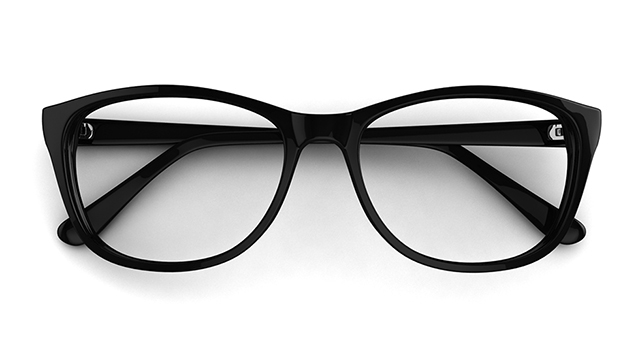
This is the easiest way to make fire if you have a little sunshine and a small amount of tinder.
Start by collecting a few pieces of dried grass and placing them in a pile. I t s a good idea to have some spare and some sticks or even a rag to start building the fire.
Now take your glasses, a magnifying glass or even a piece of glass; a curved one works best. Then simply focus the rays of the sun through the glass onto your kinder. You want the light to hit the tinder as the smallest point possible; this will speed up the process.
It should start smoking within a few moments; a gentle breeze from your lips can help the spark to ignite.
Clay And A Can
Yo u re almost certain to be able to find some clay in the wilderness. What you may find more difficult to locate is an aluminum can. Assuming there is one you can then use the clay to polish the outside bottom of the can.
If you ca n t find a can; then any piece of metal will do.
Take your time doing this; it could take as much as 30 minutes to get a really good shine on the can.
Once it is ready create you pile of kinder. If you have a thin piece of cloth you can use this instead. Again, make sure you have some bigger pieces available to start building the fire.
Now point the can towards the sun and then slowly angle it towards the ground. The ray of the sun should bounce off the can and hit the ground. Just like before yo u ll need to get as small a dot as possible. This should then be targeted on your tinder or thin cloth. It should take less than a minute for the material to start smoking. With a little encouragement it will become a flame and then you can establish a proper fire.
Fire Water
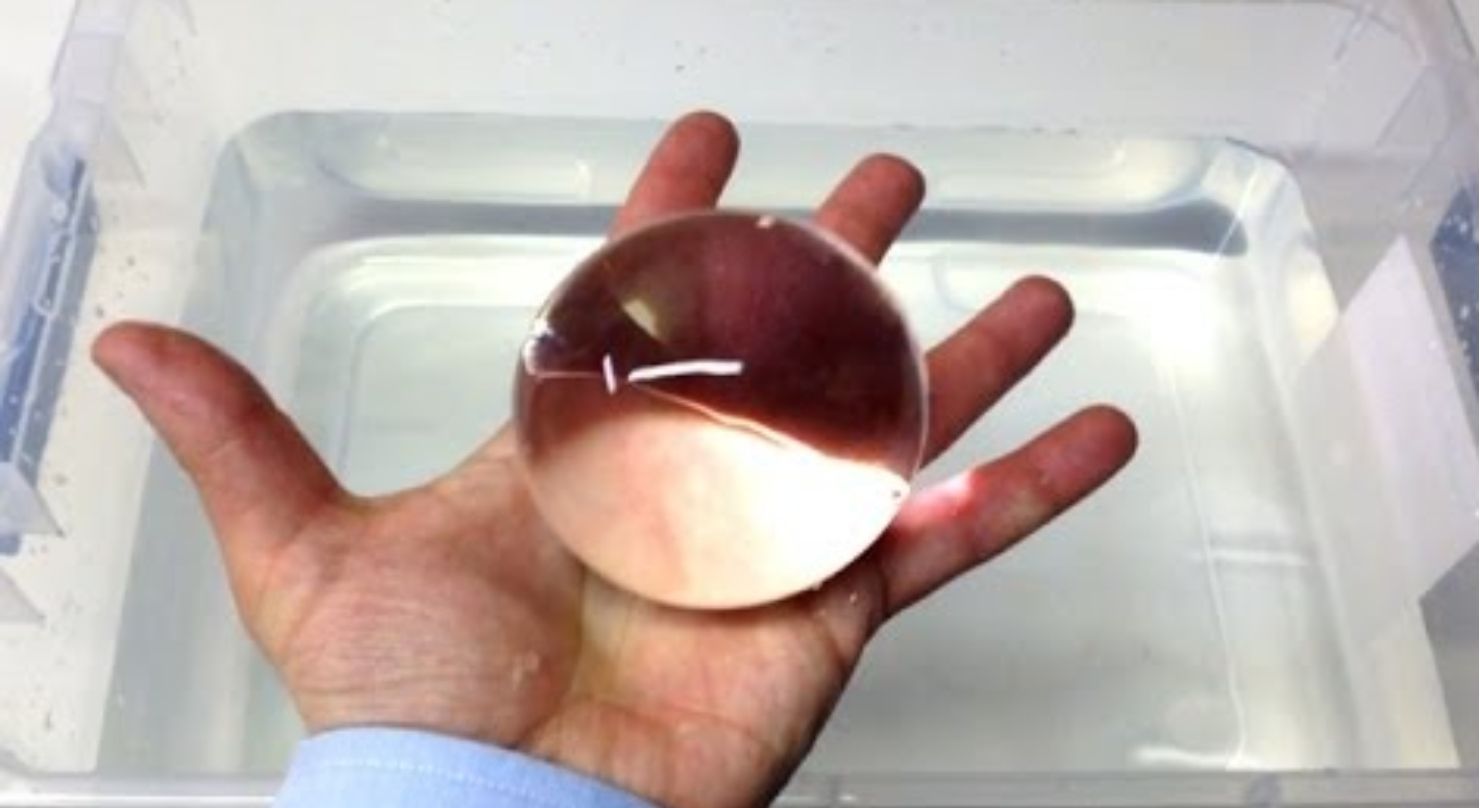
You may be surprised to learn that you can use water to make fire.
Yo u ll need a small plastic bag, like a sandwich bag and some water. In addition a piece of tree bark and some rocks will be essential.
The first step is to crush the bark on a rock; ideally use another rock to do this. You want it to become dust.
Next page
